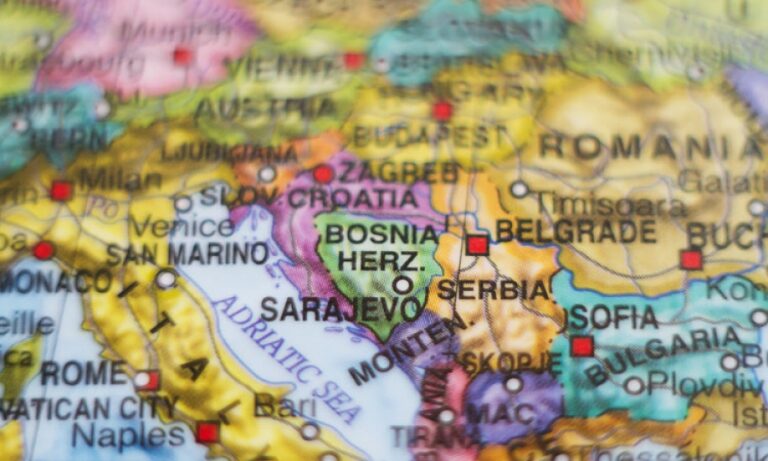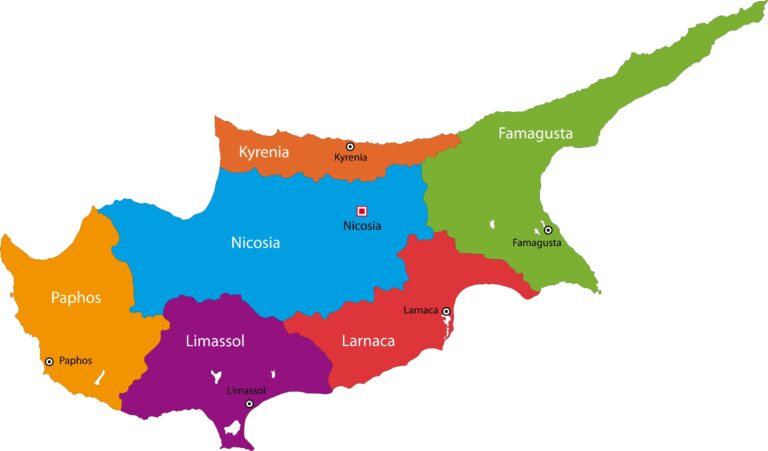Navigate with Ease: Top Essential Tourist Expressions Unveiled
Essential Phrases for Dining
When traveling, being able to communicate effectively during dining experiences is crucial. Mastering key dining expressions can enhance your overall experience and ensure you get what you need. Here are essential tourist expressions for dining.
Greetings and Seating Requests
When entering a restaurant, greetings and seating requests set the tone for your dining experience. Knowing how to greet and request a seat in the local language can be very helpful.
| Expression | Translation | Pronunciation |
|---|---|---|
| “Buenas tardes” | Good afternoon | bweh-nahs tar-days |
| “Buenas noches” | Good evening | bweh-nahs noh-chays |
| “Por favor, tome(n) asiento” | Please, take a seat | pohr fah-bohr, toh-men ah-see-ehn-toh |
For more on dining etiquette, check our restaurant etiquette phrases guide.
Ordering Food and Drinks
Ordering food and drinks is a fundamental part of the dining experience. Below are essential expressions to communicate your meal preferences.
| Expression | Translation | Pronunciation |
|---|---|---|
| “¿Le(s) puedo tomar su orden?” | Can I take your order? | lay poo-eh-doh toh-mar soo or-den |
| “¿Qué desea(n) comer?” | What do you want to eat? | kay deh-seh-ah koh-mehr |
| “¿Desea(n) algo de tomar?” | Would you like something to drink? | deh-seh-ah ahl-goh deh toh-mar |
| “¿Qué va(n) a tomar?” | What are you going to drink? | kay vahn ah toh-mar |
To explore more phrases useful during your travels, visit our tourist language basics page.
Remembering these essential tourist expressions when dining will help you navigate the local dining scene with ease. For more comprehensive travel terms, check the tourist dictionary definitions for further insights.
Navigating and Directions
When you’re in a foreign country, knowing how to ask for directions and seek assistance can make your travel experience smoother and more enjoyable. Below are some essential tourist expressions that will help you navigate with ease.
Seeking Assistance Locally
Whether you need help finding a location or understanding the local language, having a few key phrases at your disposal can be incredibly beneficial. In English-speaking countries, saying “Excuse me, could you please tell me the way to the nearest train station?” will often get you a prompt and helpful response (Britannia English School).
If you’re in a Spanish-speaking country, phrases like “Por favor, ¿puede decirme cómo llegar a la estación de tren más cercana?” can assist you in obtaining directions.
Useful Phrases
| Language | Phrase | Translation |
|---|---|---|
| English | Excuse me, could you please tell me the way to the nearest train station? | |
| Spanish | Por favor, ¿puede decirme cómo llegar a la estación de tren más cercana? | Please, can you tell me how to get to the nearest train station? |
| Swedish | Ursäkta, kan du säga mig vägen till närmaste tågstation? | Excuse me, can you tell me the way to the nearest train station? |
Asking for Directions
Knowing how to ask for directions is essential for navigating unfamiliar places. In Sweden, for example, learning key phrases in Swedish can make finding your way easier (Verbal Planet). Here are some important questions and statements that you might need:
Common Questions
- English:
- “Where is the nearest bus stop?”
- “Can you help me find this address?”
- Spanish:
- “¿Dónde está la parada de autobús más cercana?”
- “¿Puede ayudarme a encontrar esta dirección?”
- Swedish:
- “Var är närmaste busshållplats?”
- “Kan du hjälpa mig att hitta denna adress?”
For more on common expressions useful for travelers, you can check our articles on tourist glossary terms and tourist dictionary definitions.
By using these essential tourist expressions, you can navigate through different cities and countries with more confidence, ensuring that you reach your destinations safely and efficiently. You can also explore our guides on city exploration phrases and holiday lingo explained for more insights into tourist communication.
Custom Travel Mapping
Creating custom travel maps is an essential tool for tourists who want to navigate new destinations with ease. Utilizing tools like Google My Maps allows you to personalize your travel experience, ensuring you don’t miss any key spots during your journey.
Creating and Customizing Maps
Personalizing your travel map begins by creating a new map on Google My Maps. This service enables you to add and organize various locations you plan to visit. To start:
- Open Google My Maps.
- Click on the “Create a new map” button.
- Use the search bar to find specific locations and add them to your map.
- Customize by clicking on a location and selecting the edit pencil in the info box that pops up to add notes or reminders (Kevin & Amanda).
Customizing the icons for these locations is also an option. This step helps in differentiating various categories such as dining spots, sightseeing locations, and accommodations.
| Step | Action | Example |
|---|---|---|
| 1 | Open Google My Maps | |
| 2 | Create a new map | “Create a new map” button |
| 3 | Search and add locations | Add Eiffel Tower |
| 4 | Customize and add notes | Click edit pencil to add “Best photo spot” |
Adding Notes and Pictures
Adding notes and pictures to your personalized map can greatly enhance your travel experience. Visual cues can make it easier to remember specific details and highlights of your trip. Here’s how:
- Click on a location on your map to open the info box.
- Use the edit pencil to type in any notes or important details.
- To add pictures, click on the “Add Image” option and upload photos directly from your device.
Customizing icons and adding pictures not only makes the map visually appealing but also more functional. For example, you might use a coffee cup icon for cafes and a camera icon for popular photo spots.
To further bolster your travel preparations, you can explore helpful vocabulary related to travel in our traveler’s lexicon, and familiarize yourself with restaurant etiquette phrases and city exploration phrases.
With these tools and your customized map, you can navigate your destination efficiently, ensuring a memorable and enjoyable experience.
Cultural Shopping Etiquette
Bargaining Tips and Techniques
When shopping in various cultures, it’s important to understand and respect the local customs, especially when it comes to bargaining. In places like China, bargaining is a common and expected practice, particularly in street markets and small shops. Unlike fixed prices found in many Western countries, prices in these settings are often negotiable.
Key Bargaining Tips:
- Start Low: Begin with a price lower than what you are actually willing to pay. This provides room for negotiation.
- Be Polite but Firm: Maintain a friendly demeanor but be firm about your offers.
- Know the Local Phrases: Learning some essential tourist expressions can help in negotiations. For instance, knowing how to say “how much” or “that’s too expensive” can be incredibly useful.
- Gauge the Quality: Ensure the quality of items before entering a negotiation, especially in markets known for counterfeit goods (Ruqin China Travel).
Payment Methods and Currency Considerations
Understanding the local currency and accepted payment methods is crucial while shopping abroad. For instance, in China, the local currency is the Chinese Yuan (RMB), and it is highly recommended to carry cash. Smaller vendors often do not accept credit cards, so having local currency is essential.
Payment and Currency Tips:
- Carry Cash: Ensure you have an adequate amount of the local currency.
- Digital Payments: Many regions now accept digital payment methods like Alipay and WeChat Pay.
- Understand Exchange Rates: Familiarize yourself with current exchange rates to avoid overpaying.
- Inspect Receipts: Keep receipts for verification and potential returns.
| Payment Method | Usage Recommendation |
|---|---|
| Cash | Essential for smaller vendors |
| Credit Card | Accepted in department stores and branded outlets |
| Digital Payments | Alipay, WeChat Pay |
For more on cultural immersion, check out our resources on cultural immersion expressions.
By understanding these aspects of cultural shopping etiquette, you can navigate your shopping experiences with ease and confidence. For additional expressions and terminology useful in various travel scenarios, explore our tourist glossary terms and other related links.


